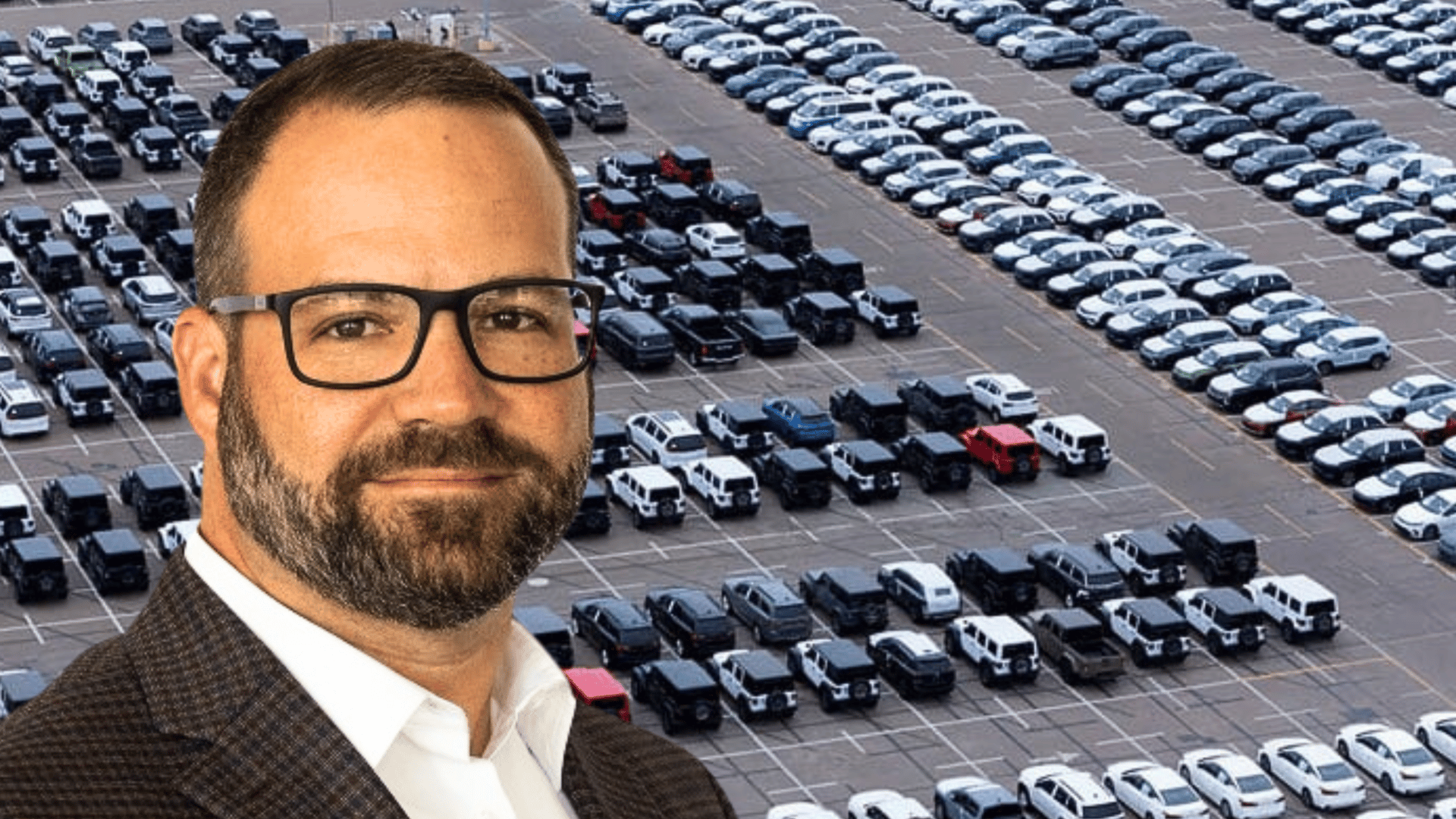Dave Thomas has been watching automotive trade policy especially closely over the past few months, but last week something "seismic" happened.
For context: On July 21, reports began to surface that President Trump cut Japan's auto tariffs to 15% as part of a trade deal that includes a $550 billion Japanese investment package (which is still being negotiated).
What they’re saying: "Japan's the number two importer of vehicles to this country outside of Mexico," Thomas, the Content Marketing Director for CDK Global, told Daily Dealer Live hosts Sam D'Arc and Uli de’ Martino. "So inking this at 15%, that is putting a really solid number on what the future is going to be like."
Why it matters: Thomas believes the subsequent pricing impacts will be both immediate and permanent. Starting August 1, Japanese vehicles entering the country face that 15% tariff, affecting everything from base models to luxury trims.
For Japanese imports specifically, Thomas predicts incremental price increases across all models—$50 here, $100 there, $500 on mid-level trims, and much more on high-end versions.
"Take a Toyota 4Runner, it starts at $45,000. Those things can get up to $70,000. So those top end trims, they'll always see the biggest increase because you think those buyers can take that hit. And they'll try and keep the base models and that starting price as low as they possibly can," he explained.
Thomas says the sneakier increases will come through new model launches. Vehicles like the redesigned Toyota RAV4 and Subaru Outback haven't announced pricing yet because they're launching over the next year.
"With those starting prices, we won't know how much they would have been. But that starting price when they announce it, will be higher than they were planning originally," he said.
But the bigger concern centers on Mexico and Canada under USMCA, which currently face 25% tariffs. Thomas finds this situation surprising given the existing trade relationships.
"I thought that could have been done right away and just said, let's get this out of the way and move on. For it to flounder like this is really surprising," he said.
Thomas believes tariffs represent the final pressure point that could fundamentally change who can afford new cars and which models remain viable in the U.S. market.
"The USMCA makes affordable cars possible in the USA. By putting that kind of onus on that, it will be very hard to make those affordable cars come into this country anymore if it remains at something like 25%," Thomas explained.
"Someone could get a new car for around $20,000, and if that disappears, it's going to be really sad for the industry," he said.
For dealers, the August 1 implementation of Japanese auto tariffs creates urgency that smart dealers can leverage immediately.
"The short term is doing what they were doing when the tariffs were initially announced and say, get this inventory before the tariffs go into effect," Thomas explained. "All that stuff that's on trucks already, all that stuff's pre-tariff."
And when customers complain about prices, dealers can point to tariffs as an external factor beyond their control.
"When people come in and they talk about affordability, dealers now have a thing to say; this is not their fault," Thomas noted. "If you think of 4Runner, you're trading in your last gen for the new gen, and you can't believe how much more expensive it is. This is one more thing that a dealer can say, ‘hey, this is the way of the world right now.’"
Between the lines: The long-term reality looks more challenging. Thomas believes tariffs could become permanent based on recent precedent.
"The previous Trump administration put a tariff on China for automobiles and a number of other things. The Biden administration came in, and did not lift those tariffs. It did not change them one bit," he said. "My thinking is, we put these in place, then the consumer gets used to paying more money for cars. And it just becomes one of those things. We all hate it, but we get used to it."
Bottom line: The Japan trade deal signals that tariff-driven pricing is here to stay, and future models will quietly reflect that shift. For now, dealers have a window to move pre-tariff inventory, but long term, affordability will depend heavily on what happens with Mexico and Canada.
A quick word from our partner
Here’s a question –
How much would your business change if you had one more employee who works 24/7, answering questions, driving sales conversations, and setting up test drives–even when your dealership is closed?
Most AI solutions only act as a copilot–and a human still has to approve and use the content they create.
But now with Podium’s AI BDC – AI can take over tasks to respond instantly to every incoming lead without direct supervision.
The best part?
With a seamless handoff to staff on the sales floor, customers will never know they were interacting with an AI to begin with.
Click here to try Podium's AI BDC today.

OUTSMART THE CAR MARKET IN 5 MINUTES A WEEK
No-BS insights, built for car dealers. Free, fast, and trusted by 55,000+ car dealers.












